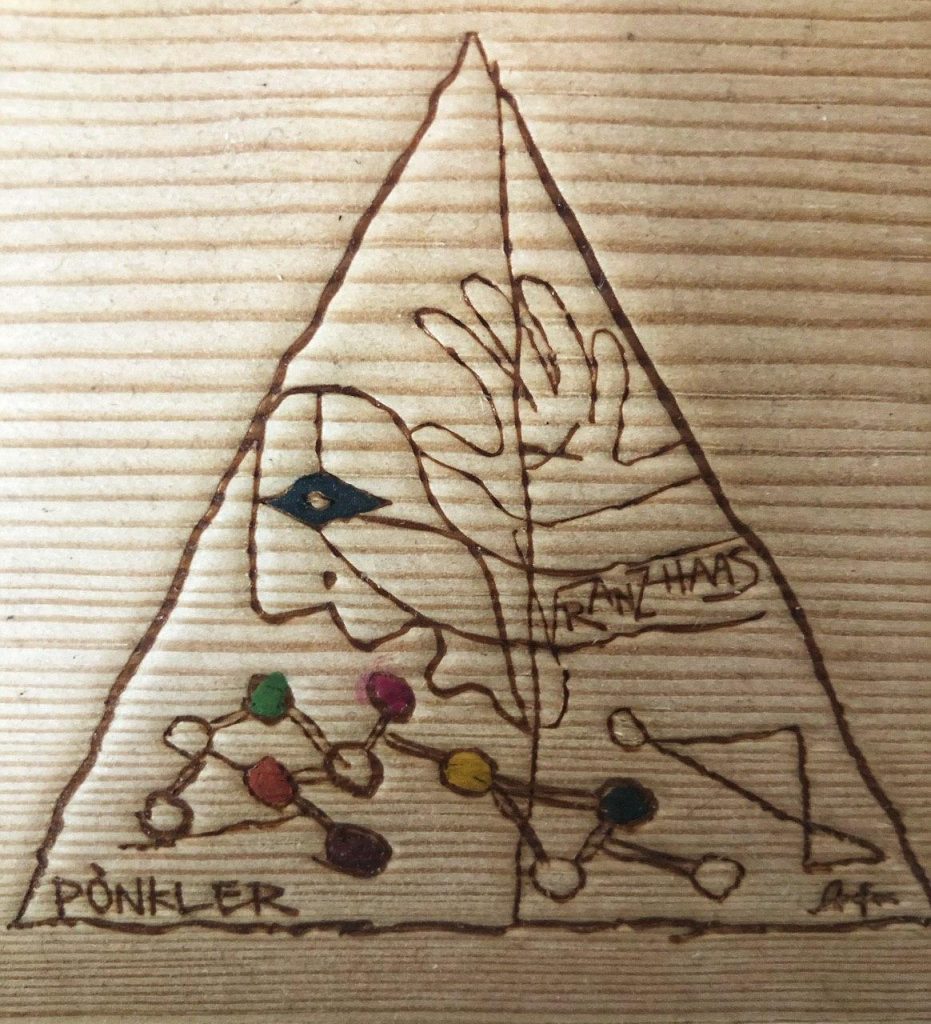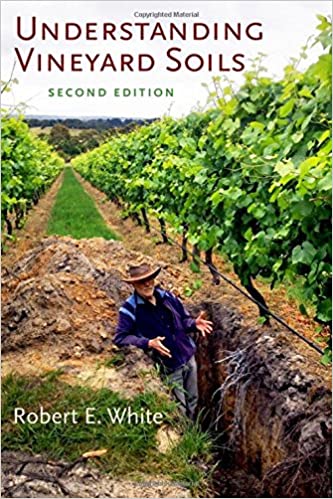Understanding Vineyard Soils
The first edition of Understanding Vineyard Soils, published in 2009, has been praised for its comprehensive coverage of soil topics relevant to viticulture, and is a major resource for professionals in the industry. However, the subject is not static―new developments are occurring in the field all the time. For example, the 'organic movement' in viticulture continues to grow in importance and the emphasis on wine quality relevant to quantity is changing in an increasingly competitive world market. The promotion of organic and biodynamic practices has raised a general awareness about 'soil health' and methods to assess it, which is often associated primarily with the biological status of the soil.
Many commercial laboratories offer an extensive range of tests for soil (biological) health, the relevance of which is not clear to many growers.
However, the development of new tools for characterizing soil microorganisms and identifying the specific functions of taxonomic groups is an exciting area of research that may offer answers to some of these questions in the future. This second edition of White's influential book presents the latest updates and developments in vineyard and soil management practices. Just like the first edition, Understanding Vineyard Soils introduces readers from all backgrounds to the principles of viticulture.
Altre informazioni →Storia di vini e di vigne intorno al Vesuvio. Il vino nella Campania antica dall’epoca pompeiana alla fine dell’Impero Romano
Il vino che oggi beviamo è frutto della grande cultura d epoca romana nella coltivazione della vite. Questo libro in maniera particolareggiata, ma al tempo stesso divulgativa, descrive la vita quotidiana in una "villa rustica" romana, i suoli più adatti ai diversi vitigni, i tempi per la vendemmia, il commercio del prezioso prodotto; ma anche il vino nella tradizione storica da Dionisio ai Bacchanalia. E non a caso i migliori vini dell'antichità decantati da Livio, Cicerone, Plinio, Marziale o Tibullo, erano il Falerno, il Greco, il Faustiniano, il Caleno.
Insomma i "vini degli imperatori" che trovavano proprio in Campania la loro area d'elezione, grazie alle caratteristiche del territorio e alle raffinate tecniche di coltivazione e vinificazione.
Altre informazioni →Italy’s Native Wine Grape Terroirs
Italy’s Native Wine Grape Terroirs is the definitive reference book on the myriad crus and the grand cru wine production areas of Italy’s native wine grapes. Ian D’Agata’s approach to discussing wine, both scientific and discursive, provides an easy-to-read, enjoyable guide to Italy’s best terroirs. Descriptions are enriched with geologic data, biotype and clonal information, producer anecdotes and interviews, and facts and figures compiled over fifteen years of research devoted to wine terroirs. In-depth analysis is provided for the terroirs that produce both the well-known wines (Barolo, Chianti Classico, Brunello di Montalcino) and those not as well-known (Grignolino d’Asti, Friuli Colli Orientali Picolit, Ischia). Everyday wine lovers, beginners, and professionals alike will find this new book to be the perfect complement to D’Agata’s previous award-winning Native Wine Grapes of Italy.
Altre informazioni →Terroir. The role of Geology, Climate, and Culture in the Making of French Wines
The French word terroir is used to describe all the ecological factors that make a particular type of wine special to the region of its origin. James E. Wilson uses his training as a geologist and his years of research in the wine regions of France to fully examine the concept of terroir. The result combines natural history, social history, and scientific study, making this a unique book that all wine connoisseurs and professionals will want close at hand. In Part One Wilson introduces the full range of environmental factors that together form terroir. He explains France's geological foundation; its soil, considered the "soul" of a vineyard; the various climates and microclimates; the vines, their history and how each type has evolved; and the role that humans--from ancient monks to modern enologists--have played in viticulture. Part Two examines the history and habitat of each of France's major wine regions. Wilson explores the question of why one site yields great wines while an adjacent site yields wines of lesser quality. He also looks at cultural influences such as migration and trade and at the adaptations made by centuries of vignerons to produce distinctive wine styles. Wilson skillfully presents both technical information and personal anecdotes, and the book's photographs, maps, and geologic renderings are extremely helpful. The appendices contain a glossary and information on the labeling of French wines. With a wealth of information explained in clear English, Wilson's book enables wine readers to understand and appreciate the mystique of terroir.
Altre informazioni →Atlante geologico dei vini d’Italia
Un libro autorevole sul vino italiano in rapporto alle caratteristiche del suolo. Di area in area - dal Barolo al Nerello, fra DOC e DOCG - uno alla volta, ciascun territorio è schedato e analizzato: origine, natura e formazione del suolo, profilo climatico, coltivazione agricola, vinificazione. Nell'introduzione, chiariti i concetti essenziali, scorriamo la carta geologica italiana con i 35 vitigni autoctoni e i 5 internazionali che sono l'anima dell'infinita varietà della nostra produzione. Infine, caratteristiche fondamentali del vino e degustazione di 4 bottiglie. Un'opera di consultazione, innovativa nell'impianto, pensata per tecnici, sommelier e cultori del vino che vogliono avvicinarsi ai grandi vini italiani in modo tecnico ma del tutto accessibile.
Altre informazioni →Vitigni del mondo. Catalogo ragionato delle principali varietà di uve da vino
"Vitigni del mondo" è un ampio catalogo di uve da vino che non vuole essere un'opera di ampelografia scientifica, ma un lungo racconto che porta il lettore nelle zone vitivinicole di tutto il mondo e che ne racconta la storia in pillole, completandola con aneddoti e curiosità. Un libro dedicato non solo agli addetti ai lavori del settore, ma soprattutto a chi si avvicina al mondo del vino con curiosità e passione.
Altre informazioni →
